The Importance of Quality Packaging in Branding
In today’s competitive market, the significance of quality packaging cannot be overstated. Packaging is often the first point of interaction between a consumer and a product, making it a critical element of branding strategy. Quality packaging protects the product and communicates the brand’s values, enhances customer experience, and can even influence purchasing decisions. This article will explore the Importance of Quality Packaging in Branding and its vital role.
1. First Impressions Matter
The saying “you never get a second chance to make a first impression” holds in the world of branding. Packaging is often the first thing a consumer sees, and it can significantly affect their perception of the brand.
How Packaging Shapes Perception
・ Visual Appeal: Attractive packaging can grab attention and create a positive first impression.
・ Brand Identity: Consistent use of colors, logos, and designs reinforces brand identity and helps consumers recognize the brand quickly.
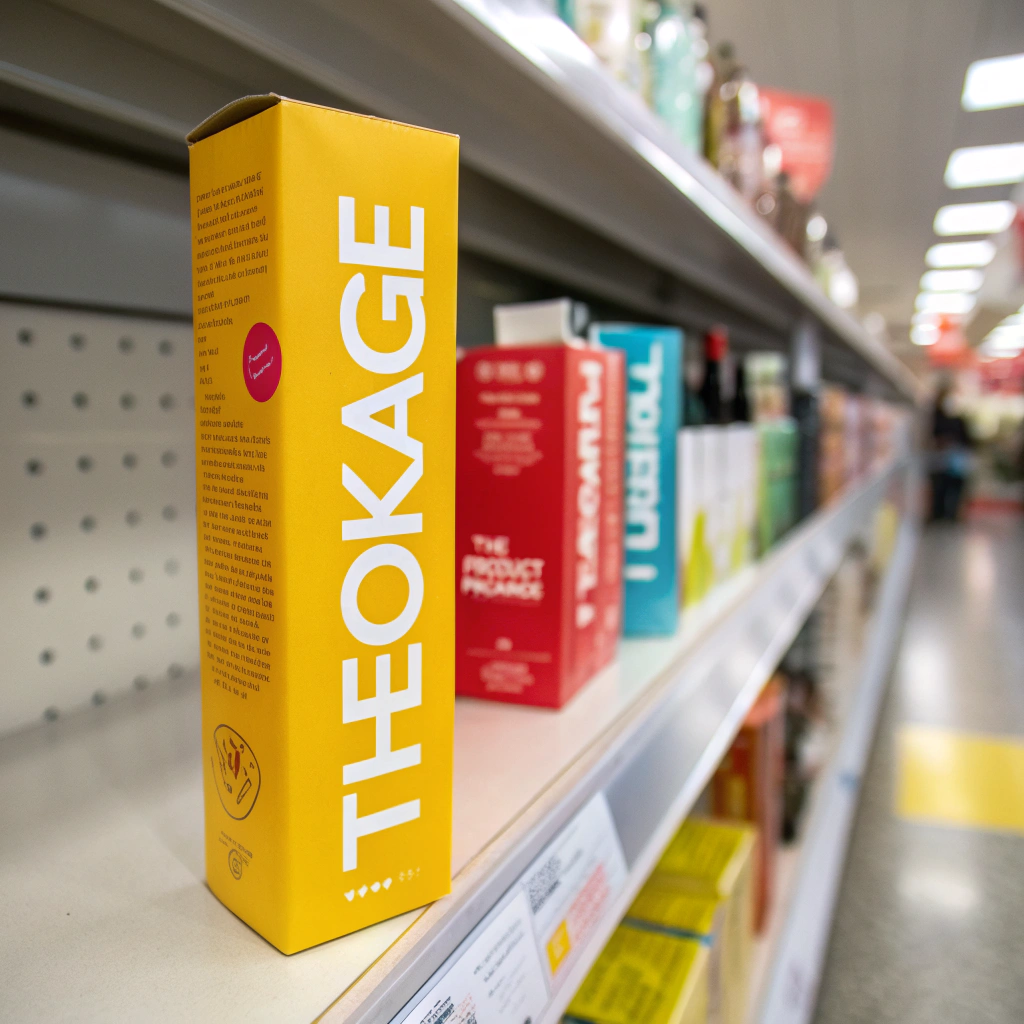
Eye-catching packaging helps create a memorable first impression for consumers.
2. Communicating Brand Values
Quality packaging communicates what a brand stands for. Whether it’s sustainability, luxury, or innovation, packaging can convey a brand’s values effectively.
The Role of Materials and Design
・ Sustainable Materials: Brands that prioritize eco-friendliness often use recyclable or biodegradable materials, signaling their commitment to the environment.
・ Luxury Design: High-end brands may use premium materials and sophisticated designs to convey exclusivity and quality.
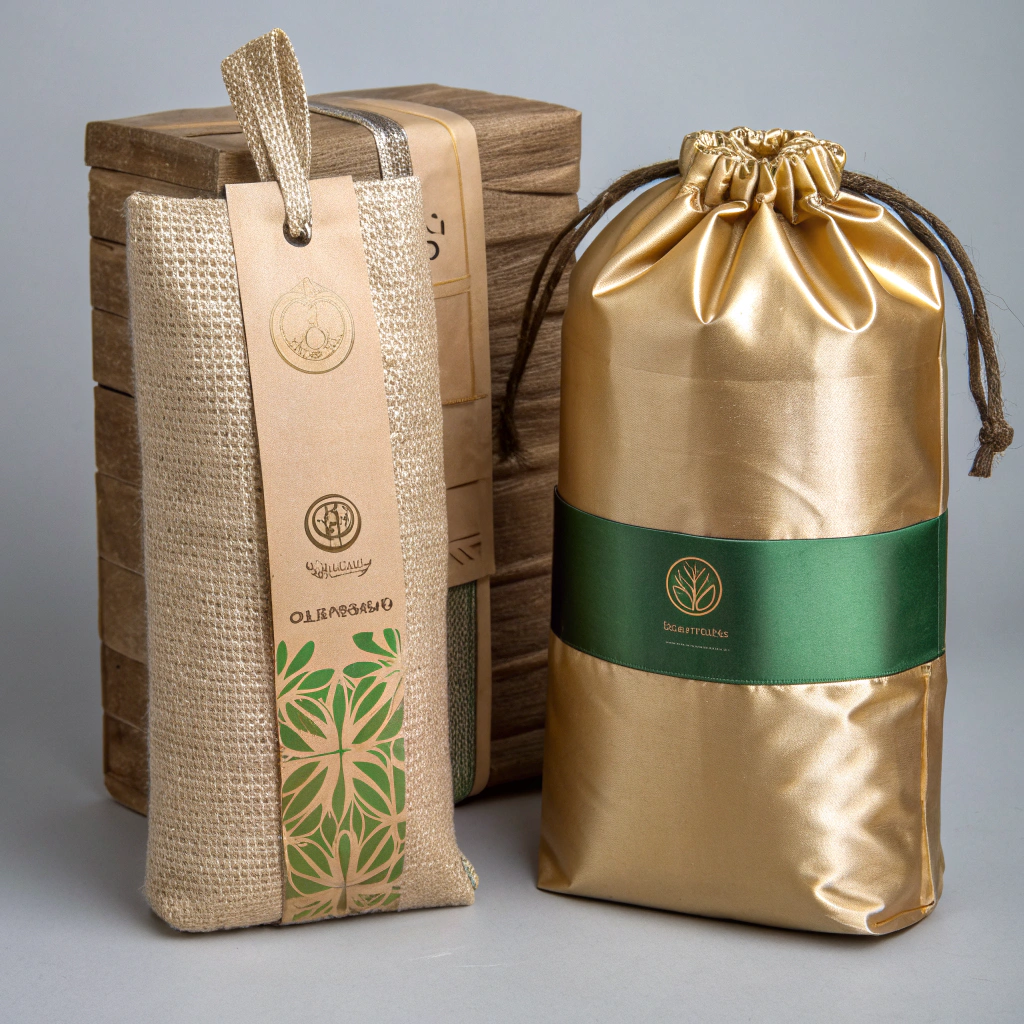
Packaging materials and design choices reflect a brand’s values and commitment to quality.
3. Enhancing Customer Experience
Quality packaging enhances the overall customer experience by making the unboxing process enjoyable and memorable. A well-thought-out packaging design can elevate the product and create a lasting impression.
The Unboxing Experience
・ Surprise and Delight: Unique packaging can create excitement and anticipation when a customer opens it.
・ Functionality: Easy-to-open packages that protect the product contribute to customer satisfaction.

An enjoyable unboxing experience adds value to the product and enhances customer satisfaction.
4. Differentiating from Competitors
In a crowded market, quality packaging can set a brand apart from its competitors. Unique and innovative packaging designs can capture consumer attention and create a distinct market presence.
Innovative Packaging Solutions
・ Unique Shapes: Brands that use unconventional shapes can stand out on the shelf and attract curious consumers.
・ Interactive Packaging: Packaging that incorporates interactive elements, such as QR codes or augmented reality, can engage customers and enhance their connection to the brand.
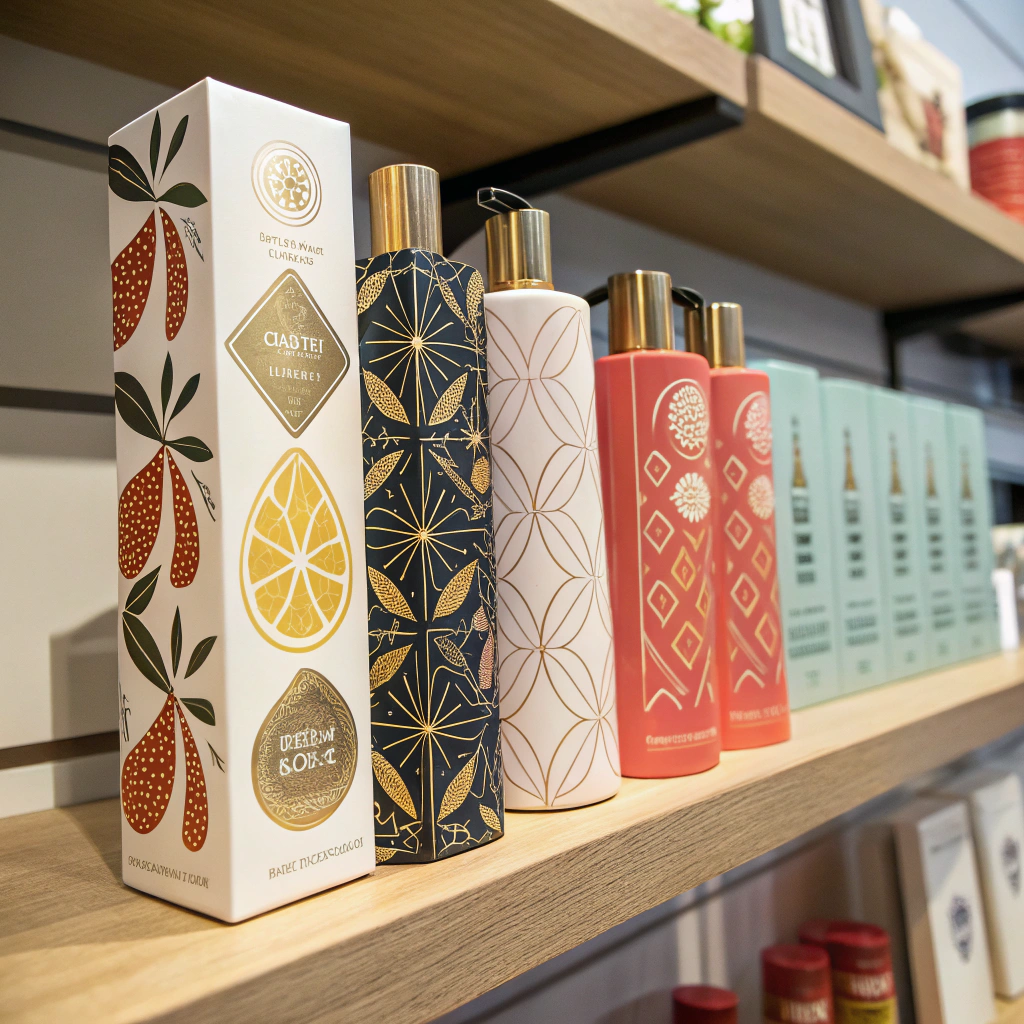
Innovative packaging solutions help brands differentiate themselves in a competitive market.
5. Building Brand Loyalty
Quality packaging plays a crucial role in building brand loyalty. When customers have positive experiences with a product’s packaging, they are more likely to repurchase and recommend it to others.
The Role of Consistency
・ Brand Recognition: Consistent packaging across product lines helps reinforce brand recognition and loyalty.
・ Trust and Reliability: Quality packaging that protects the product builds trust, as consumers feel confident that they are purchasing a reliable item.
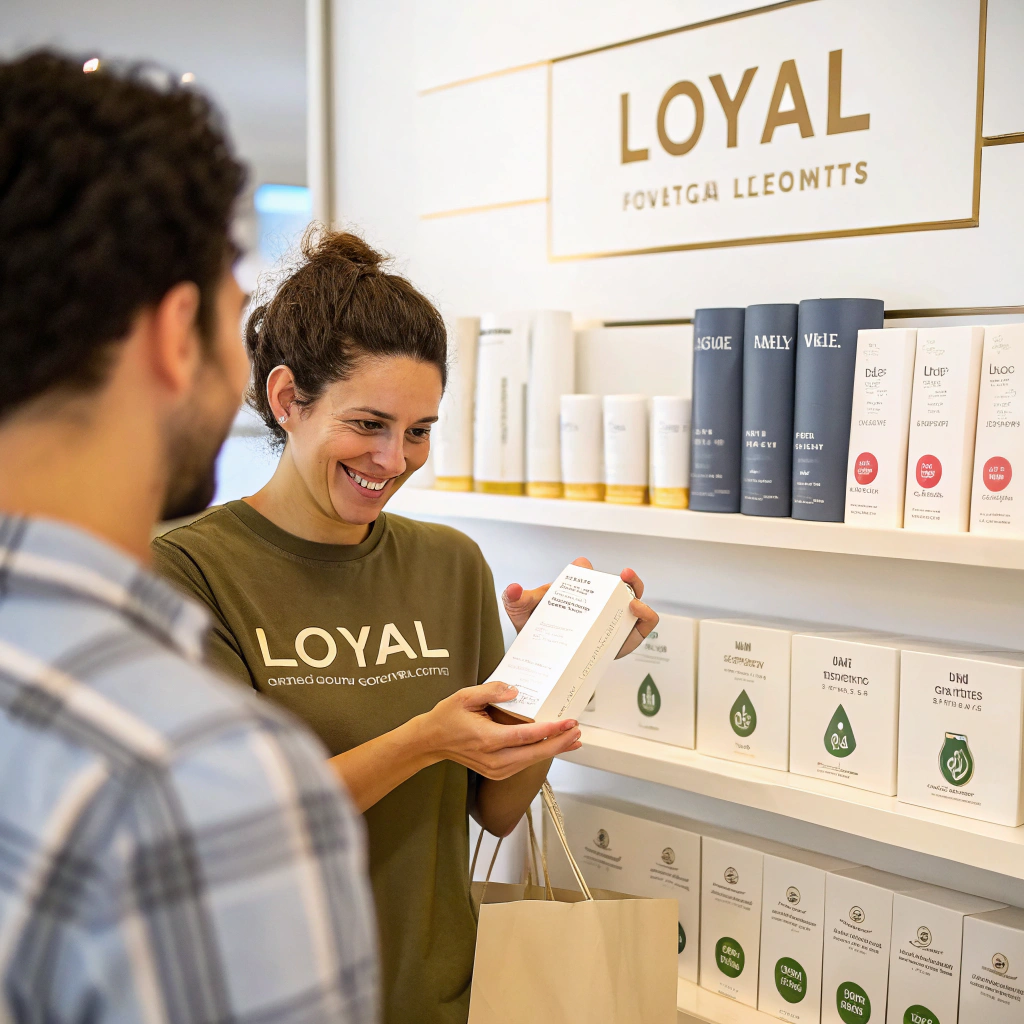
Consistent and quality packaging fosters brand loyalty and trust among consumers.
6. Influencing Purchasing Decisions
Studies show that packaging can significantly influence purchasing decisions. Consumers often make snap judgments about products based on their packaging alone.
The Psychology of Packaging
・ Color Psychology: Colors evoke emotions and can influence consumer behavior. For instance, green is often associated with health and sustainability, while red can create a sense of urgency.
・Typography and Imagery: The choice of fonts and images can communicate quality and attract specific target audiences.
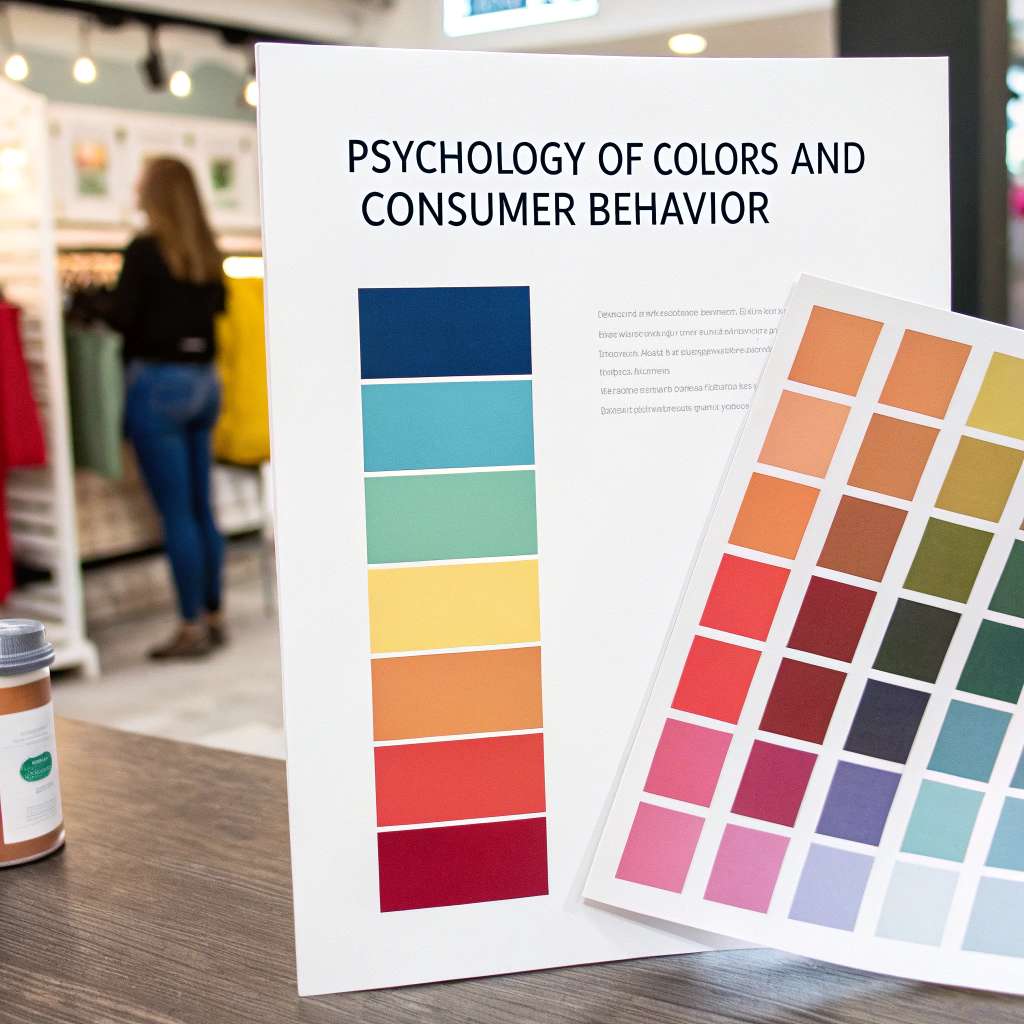
The psychology of packaging colors plays a vital role in influencing consumer purchasing decisions.
7. Regulatory Compliance and Safety
Quality packaging also ensures that products meet regulatory requirements and safety standards. This is particularly important in industries such as food and pharmaceuticals, where packaging must protect the product while providing essential information.
The Importance of Compliance
・ Labeling Requirements: Proper labeling on packaging ensures that consumers have access to important information about the product.
・ Safety Features: Packaging that includes tamper-evident seals or child-resistant features enhances consumer safety and trust.
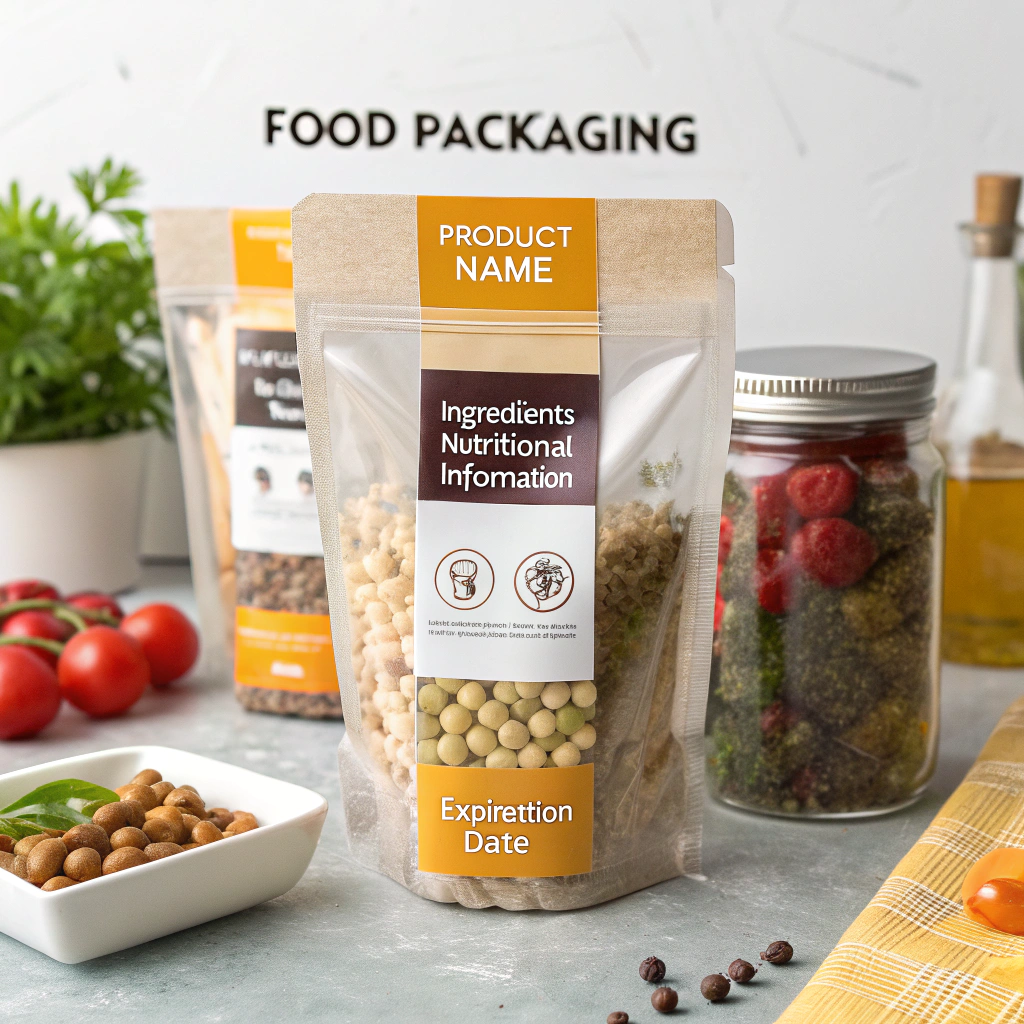
Compliance with regulatory standards ensures consumer safety and builds brand trust.
8. Cost-Effectiveness of Quality Packaging
While investing in quality packaging may seem costly upfront, it can lead to long-term savings. Durable packaging reduces the risk of damage during transportation and storage, ultimately saving costs associated with returns and replacements.
The Long-Term Benefits
・ Reduced Waste: Quality packaging minimizes product damage, leading to less waste and lower costs.
・ Enhanced Shelf Life: Packaging that preserves product freshness can extend shelf life, benefiting both retailers and consumers.
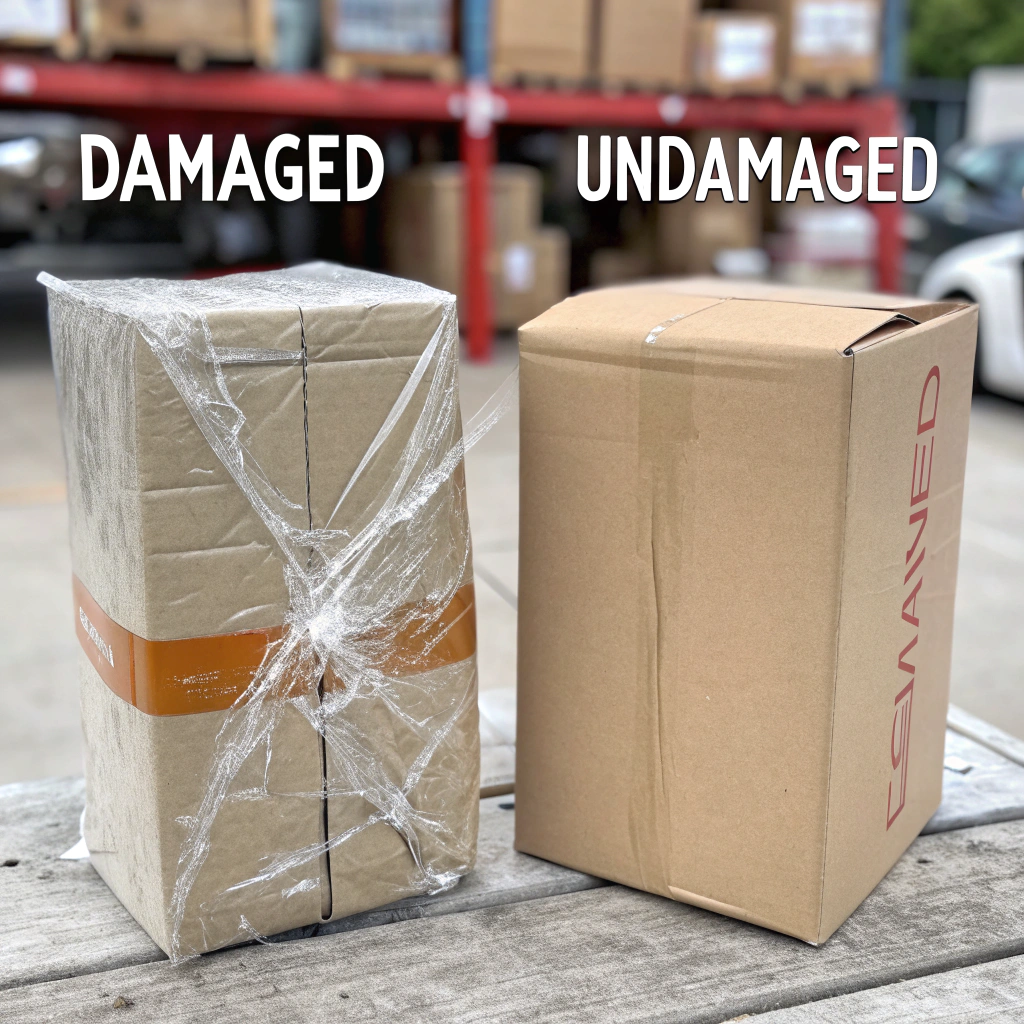
Caption: Quality packaging reduces waste and protects products, leading to cost savings in the long run.
9. The Future of Packaging
As consumer preferences evolve, so does packaging. The future of packaging will likely focus on sustainability, innovation, and technology. Brands that adapt to these changes will continue to thrive.
Trends to Watch
・ Sustainable Innovations: The shift toward eco-friendly packaging solutions is becoming a priority for many brands.
・ Smart Packaging: The integration of technology in packaging, such as smart labels and interactive elements, will enhance consumer engagement.
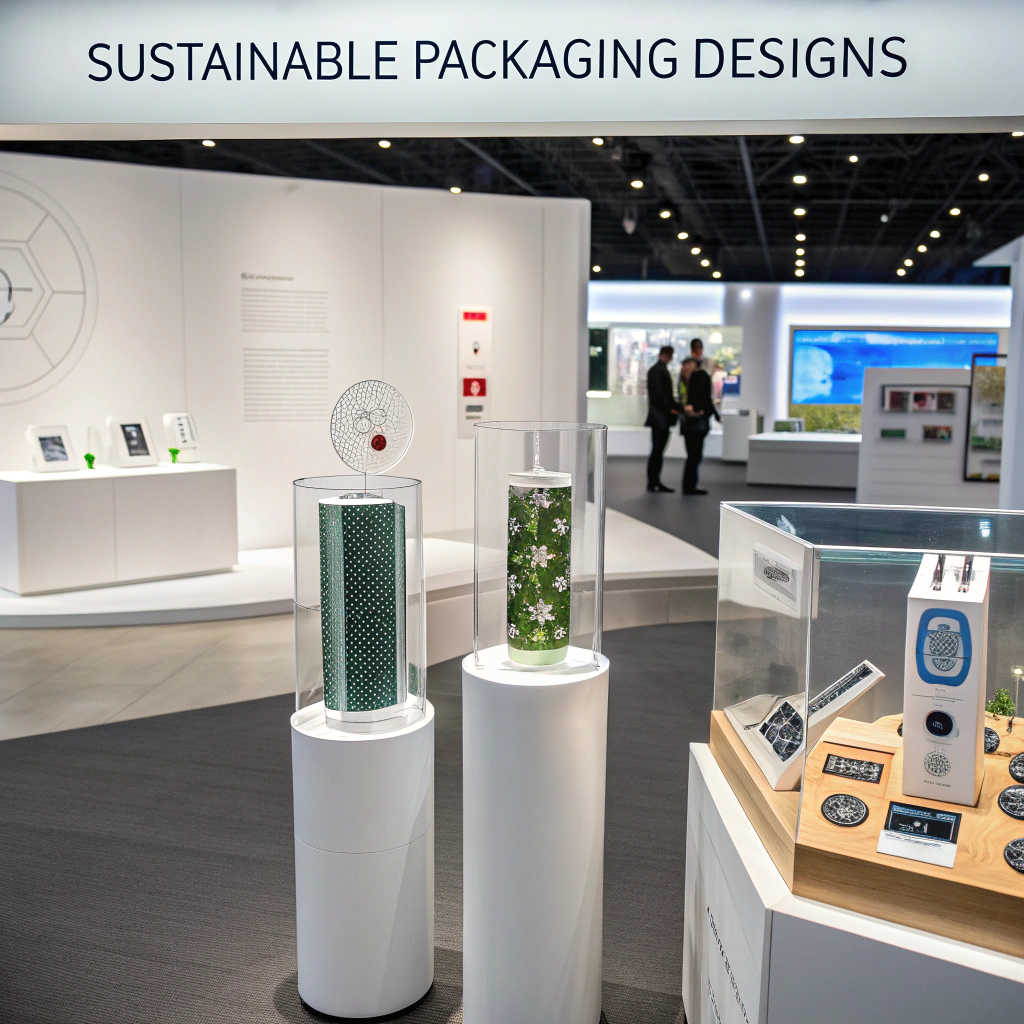
Caption: The future of packaging is focused on sustainability and technological innovation.
Conclusion
Quality packaging is a fundamental aspect of branding that impacts consumer perception, experience, and loyalty. It serves as a powerful marketing tool that can differentiate a brand and influence purchasing decisions. By investing in quality packaging, brands not only protect their products but also enhance their overall image and connection with consumers. As the packaging landscape continues to evolve, staying attuned to trends and innovations will be key to maintaining a competitive edge.


